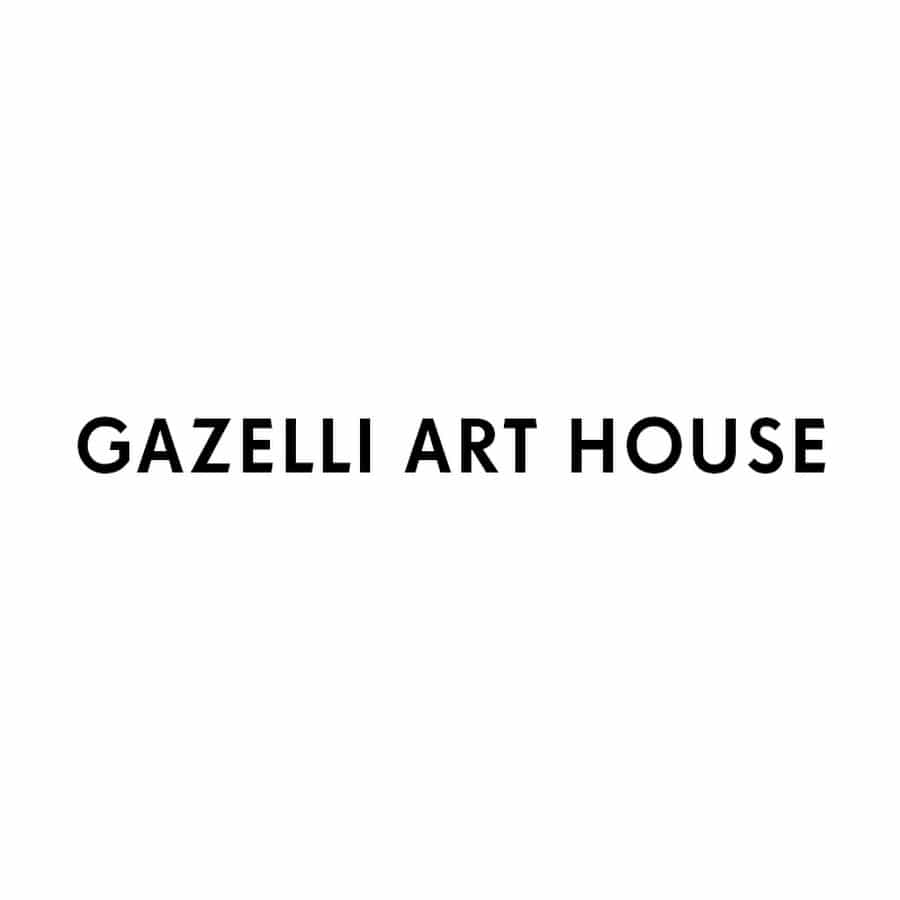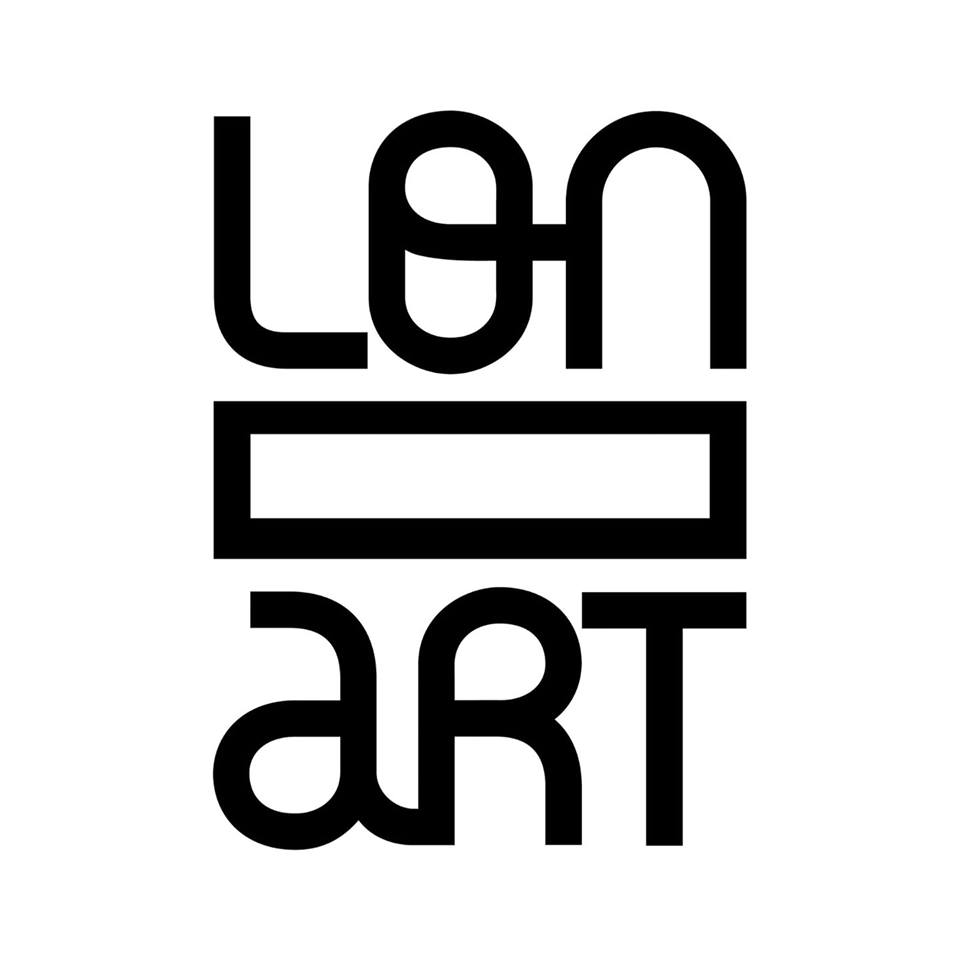
Sally Shaw, Director, Firstsite
Be creative: You’re an artist. Make your approach as creative and captivating as possible. Everything you do is an expression of your work one way or another. Bear this in mind when trying to communicate to an institution.
Be accurate: Spell my name and the gallery name correctly. Check out what we do, why we do it and who for. If you aren’t a good fit, then maybe don’t make the approach. Check for typos in everything you send.
Be smart: What resources and attributes do you bring that might be an advantage to the gallery? I am looking for original ideas, new audiences and new sources of income (are you already funded? Do you have connections to funders?) Above all, I am always looking for things that will make Firstsite look really damn cool and will get people talking about us locally, nationally and internationally.
Be quick: Practice your elevator pitch – put your most important points first and make sure I’m really aware of why it’s significant. Bear in mind that spending time on something that isn’t one of our own ideas is a tall order.
None of the above needs to cost a heap of money. Also – never be afraid to be in touch. If you don’t ask, you don’t get (ever!).

Emma Tomlinson, Director, 508 Gallery
Research and personal touch is important. By checking the gallery’s website first, it’s easy to see if your work will fit their brand / brief / pricing. Also, make sure to check who is in charge!
Turning up at a gallery to show your art on a phone is not a good idea. Far better to send a portfolio via email. Sending a bcc email to several galleries at once doesn’t look great, as it makes it obvious you are not desperate to work with a specific gallery; far better to flatter to deceive! Send a selection of your best work, using high res images, with a short bio and if possible the meaning behind your work, sizes, pricing etc.. and why you’d like to work with that particular gallery.
Remember gallerists receive large numbers of submissions every week, so directing them to your website and asking them to do the initial work (simply sending a link to a website or Instagram page for example) is unlikely to reap rewards. If impressed, they will always do more research regardless.

Mila Askarova, Founding Director, Gazelli Art House
There are over 15,000 galleries worldwide, each with their own mission, program and structure. Identify which gallery would fit you best and see if you know anyone there who can make an introduction.
Introduce yourself: Whether at a private view or through email, make yourself and your work known. There is never a right time for this – often gallerists will be focused on promoting the artists they are already working with and the idea of bringing new artists on board would be a strategic and financial decision. For a gallery to entertain the idea of expanding their stable of artists, you need to visually entice them with your work.
Build on your exposure: Once you have presented your work, It’s now your time to be active and show what you are up to. Social media is key, but it is important to keep taking part in group shows, apply for residencies and open calls. Having your name go through committees is an important exercise – one which will expose you to a wider network of potential supporters.
Start building a market: One of the things that gallerists look at is whether the artist has an existing market. If you have a studio, start hosting open studio days/evenings and see what kind of feedback you receive. Pricing your own work is another hurdle, but connecting with other artists and friends from the industry will be helpful to get your baseline right.
Of all the professions in the art world, being an artist is one of the most challenging. However, with the right frame of mind, strategic planning and persistent attitude, the sky is the limit. Good luck and go get ‘em!

Rebecca Edwards, Curator, Arebyte
Approaching galleries can be difficult and can sometimes feel like an impenetrable closed ecosystem. There are a few important things to think about and consider before you approach a gallery with your work. One of these is to understand the type of artists the gallery usually works with (painters, contemporary, digital, performance etc.) to make sure you fit their remit. If you feel your work fits, drop the curator an email to see if they would welcome having a chat about your work, or invite them to an exhibition you’re in.
Some galleries don’t accept unsolicited proposals and often programme their exhibitions months in advance, so be aware of timings and the way in which galleries operate. The most important thing is to keep motivated and excited about what you do, and to invite curators and galleries personally to come and see your work in progress.

María González, Founder and Creative Director, Lon-Art
Learn to whittle down your portfolio to just the very best of your work. Demonstrate self-reflectiveness, an ability to engage with theory and cultural criticism, and have these elements underpin your work.
Let us know you want us to write more content like this with a love!
Share







